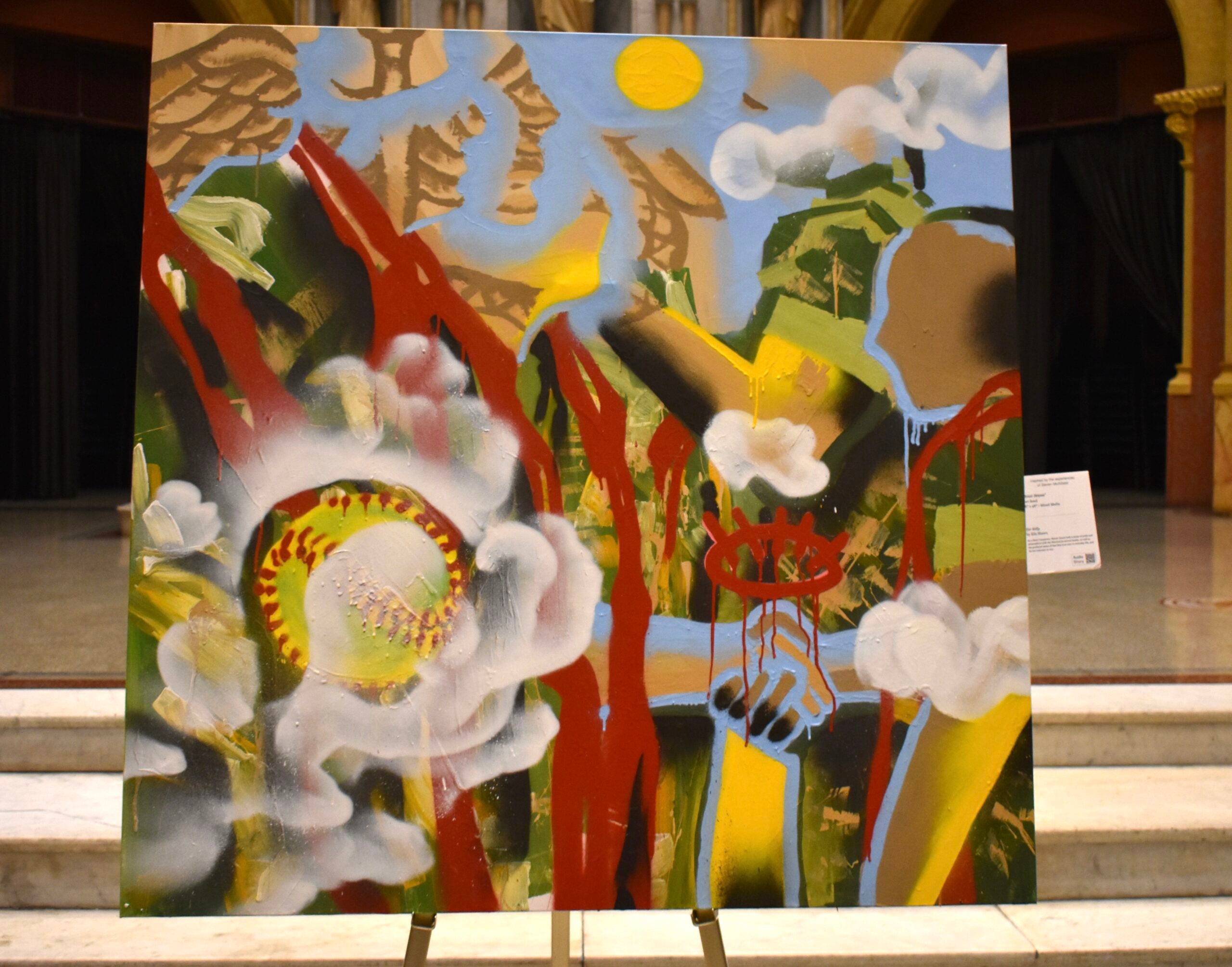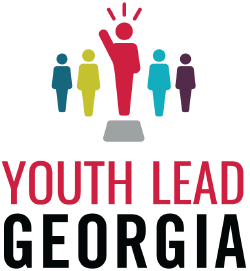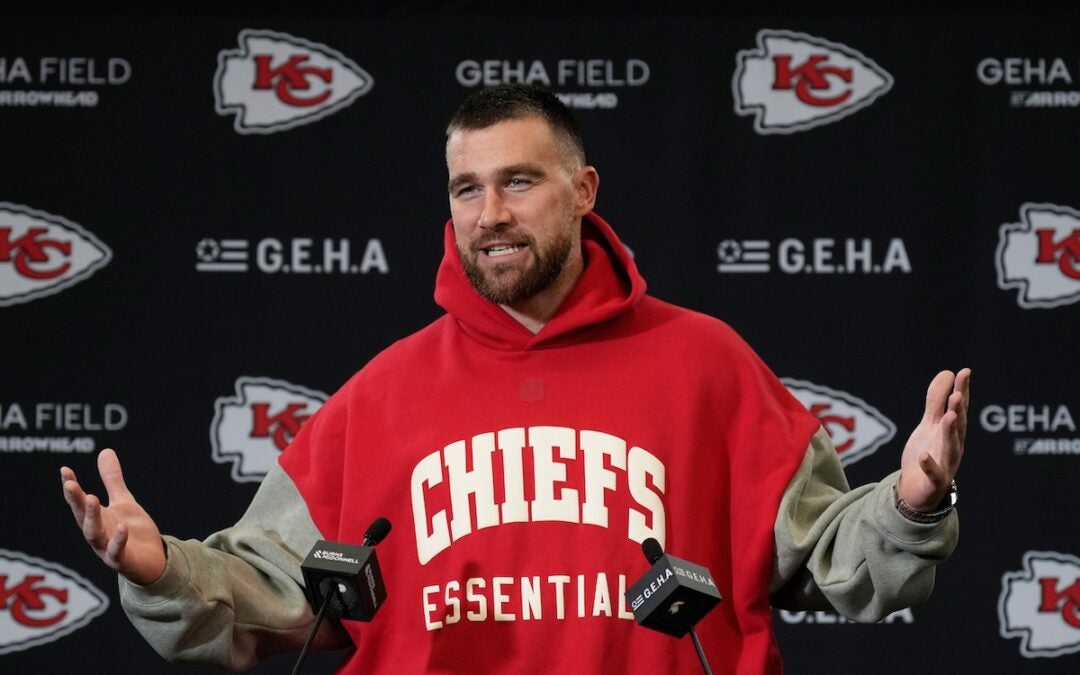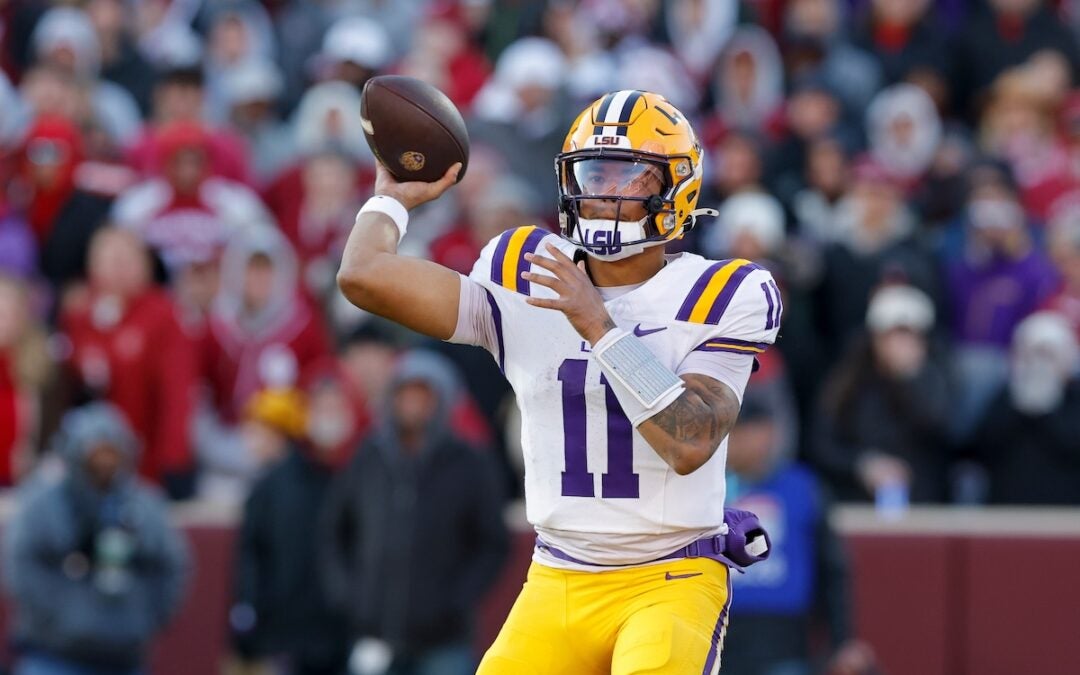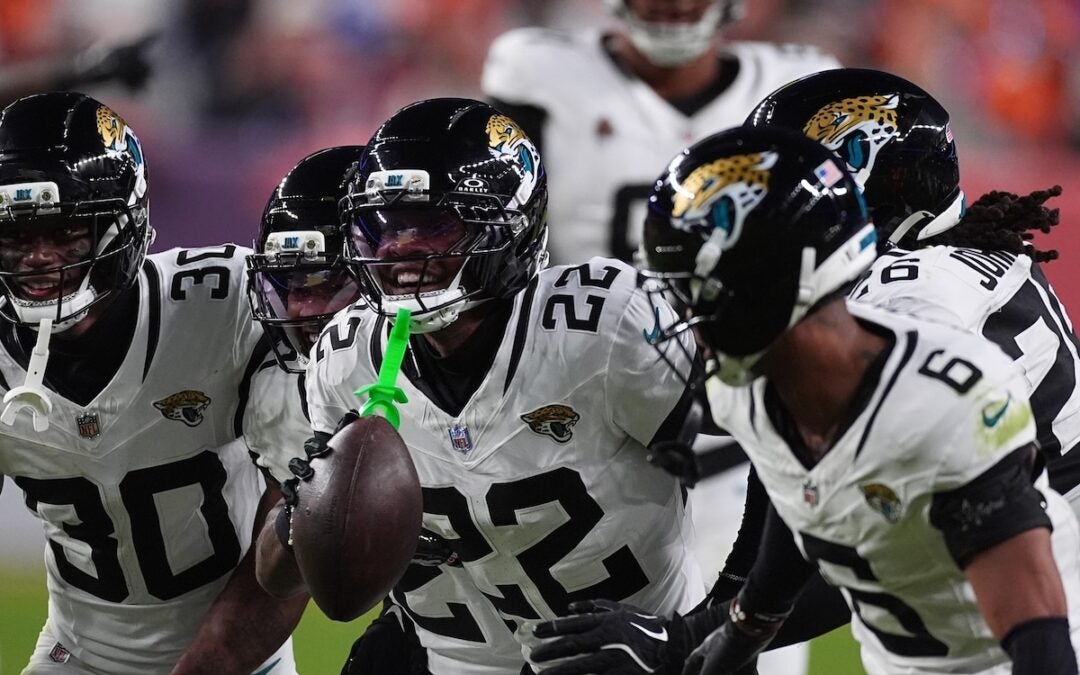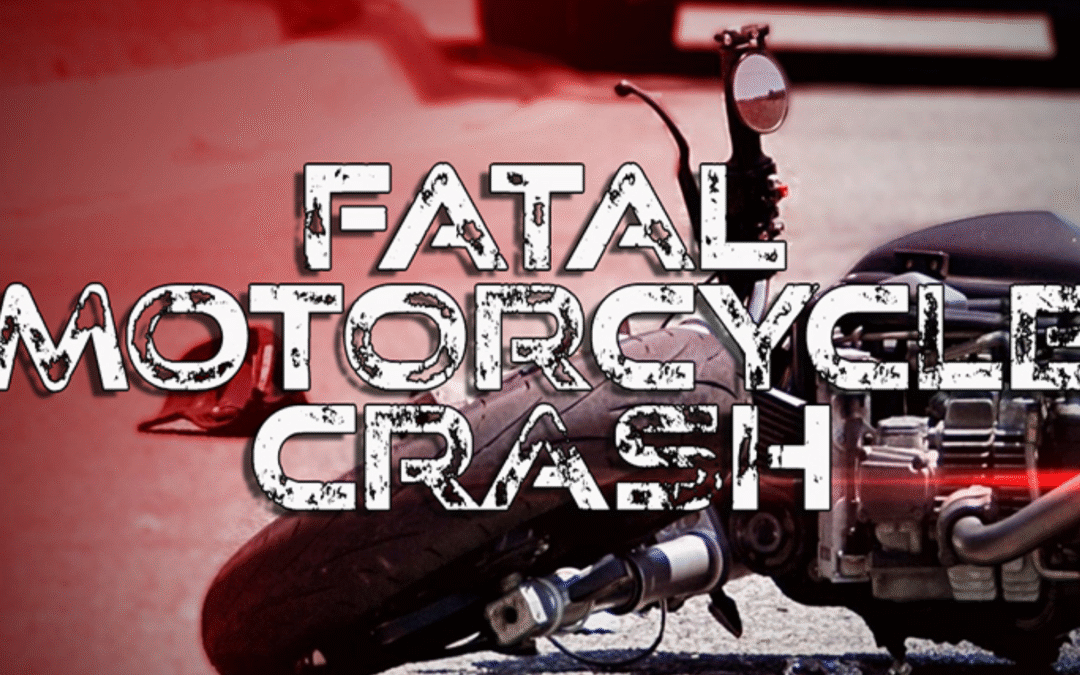On Wednesday, Feb. 22, the Bullets and Bandaids art exhibit at Augusta’s Sacred Heart Cultural Center displayed a mixture of pieces based on true, first-hand accounts that left audiences tearfully moved.
With canvases of 2D and 3D creations, attendees were able to walk through the gallery and see how 115 veterans, writers and artists were able to collaborate to make a wide variety of mixed media paintings and sculptures.
For those who brought headphones along, scannable QR codes leading to a written or audio story were attached to several creations to show audiences what inspired the artwork before them.
Founder and Executive Director Robert LeHeup said the mission behind the non-profit is to facilitate relationships between veterans and civilians, and to show audiences that veterans are more than just the trauma they survived.
“We’re about reinforcing the humanity … through our methods we allow veterans to speak their truth, but also can guarantee that their truth is heard,” he said. “Through this style of collaboration we break these social barriers that have been built up, and create a dialogue that heals in ways that are beyond calculation.”
MORE: One night gallery at the Savannah River Brewing Co.

As a veteran himself, from the Marine Corps, who has lost friends to suicide and trauma, LeHeup said the project was especially meaningful and necessary as it gives veterans and others affected by war a safe space to unfold their trauma without shame.
“Typically, especially now, veterans are put into one of two boxes; either they are ‘broken’ or they are the ‘untouchable hero,’ and neither of those things is healthy,” he said. “I think by allowing people to engage in the gray area, and recognize their humanity that goes beyond any sort of label – and we all grow from that.”
He also said international military, spouses and other personnel are included in the project as well, in order to help reach a variety of voices and perspectives.
“We don’t just cover combat veterans,” he said. “Our nation is a melting pot which is reflected in our military, and you don’t have to be American to be a veteran … I’ve had a lot of people say that it was empowering to the American veterans, because it gives them a larger sense of scope.”
Native Augustan and involved artist Aort Reed said he was extremely humbled and honored to be a part of the project because he loves how the collaborations transcend outward differences such as politics and nationality.
“It was fun; I had a great time with it,” he said. “We’re all human. So there’s a connection through the art, through the stories, and because of it we kind of see we’re all the same … it’s something I want to see continue on.”

With his own experience of being in contact with veterans, Reed said he has seen the aftermath effects war has on veterans, and how oftentimes they suffer a great deal of emotional or physical pain.
“You get a lot of the homeless [in the area] and a percentage of them are veterans. They can’t get the medical attention they need, and I think this [event] is something that can kind of put a magnifying glass on that situation,” he said. “It can maybe help the situation as a whole. Veterans are the reason the country is the way it is, and people should pay more attention to them.”
Attending local veteran Peter Way and his spouse Anne Way said they came to the event because it was a cause close to their hearts.
“I did some art therapy at Walter Reed and this sort of reminded me of that,” said Peter Way, who served in the military for 23 years and suffered the amputation of his left leg as a result. “I have a friend that did the same thing, and it really turned into a powerful tool for her. Everything new comes out in the art before it comes out in therapy, and so I’ve seen what it does for people.”
As tears were held back by attendees walking about the gallery, Peter Way said he was surprisingly touched and affected by the stories he and his wife read as they engaged with the pieces. Having over 40 surgeries due to old injuries from combat and two grown children in service, Peter and Anne Way said past time served in Afghanistan still continued to be on the forefront of the family’s mind at times.
MORE: Trending with Mike: Michael Siewert joins The Augusta Press
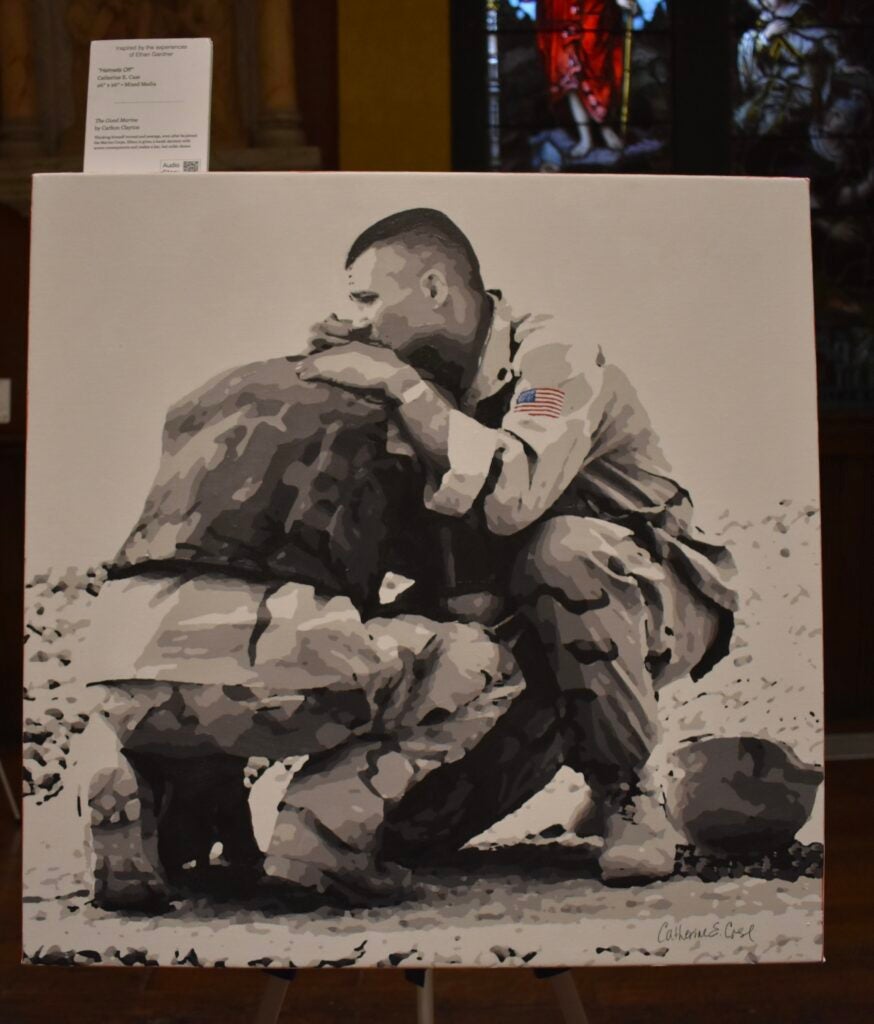
For Anne Way, it was touching to see how spouses were also included, as she believes people are not always aware of how the family also shares the burden of loss and trauma with their veteran.
“It’s healing for the veterans,” said Anne Way. “But we live the story too. It’s not just [Peter’s] story, it’s our story. And it’s been a long road from losing his leg; it continues to be … I also don’t think people realize that when the veteran comes home, from war or conflict, it’s just one part of the journey.”
Peter Way said he believed the exhibit was important today because it helps bridge the severed gap of civilians appreciating veterans and those in service. Overtime, Peter Way said people stopped seeing the value of veterans due to the distance between Americans and the conflict.
“It’s a whole distance away, and I think [the art] expresses some things we can’t put into words from what we’ve seen and done,” said Peter Way. “This is hard. I didn’t think [the art] would affect me the way it is … I think we need more of this. We need to keep that connection, and people need to see it goes on. People forget we’re still in places like Iraq; we’re still fighting to keep us from being the next Ukraine.”
With the usage of bright colors, mirrors, photos, sculptures and even AI machinery, viewers were able to see true events and stories through the eyes of veterans as presented by partnered civilians – a true testimony to what LeHeup believes is the future to human connection and healing for many people.
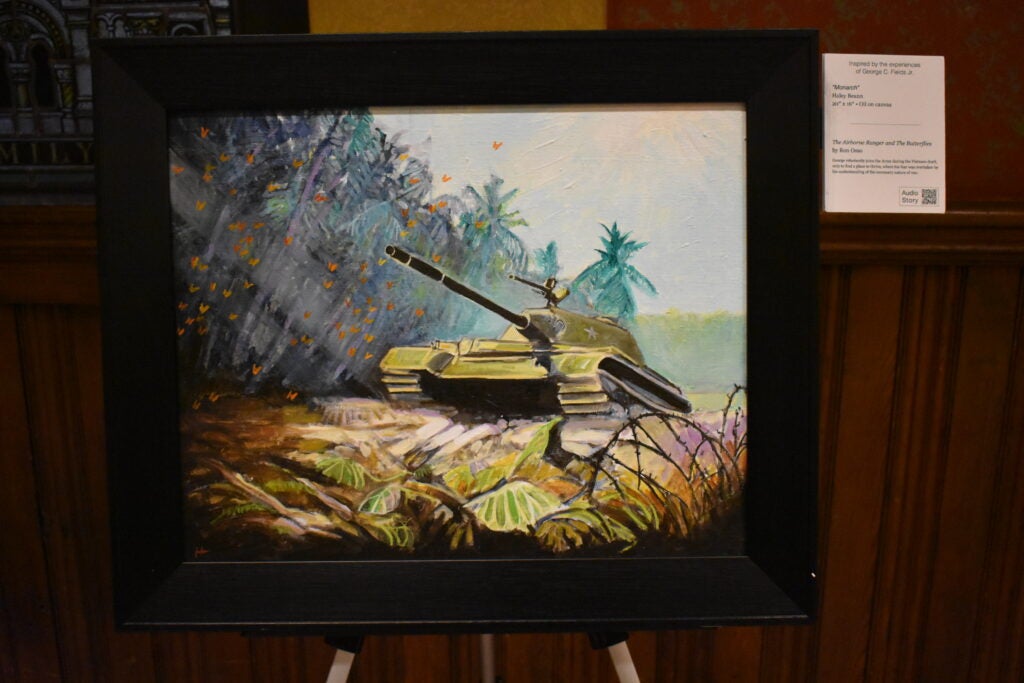
“There’s a lot of different reasons why this is important,” LeHeup said. “It’s a way for validation in a way that typically isn’t necessarily taught or given … it literally impacts everyone in a way that allows us to not only live with one another, but thrive with one another.”
Known for touring the nation every year with new pieces, Bullets and Bandaids will show their pieces next at the Columbia Museum of Art in South Carolina where they hope to reach an array of generations.
The exhibit will be open again on Thursday, Feb. 23, from 5 to 9 p.m. at the Sacred Heart Cultural Center. The facility is located at 1301 Greene St. in downtown Augusta, and tickets are $10.
“This isn’t just meant to help veterans, we really are trying to highlight the depth and breadth of the human condition through a hyperbolic lens of veteran experience,” said LeHeup. “Veterans are just humans doing their thing in extreme circumstances … I wouldn’t separate veterans from civilians, which is why we’re trying to erase that boundary.”
For more information visit: https://bulletsandbandaids.org/event/augusta-ga-vol-4-sacred-heart-cultural-center-2/
Liz Wright is a staff writer covering education, lifestyle and general assignments for The Augusta Press. Reach her at liz@theaugustapress.com

